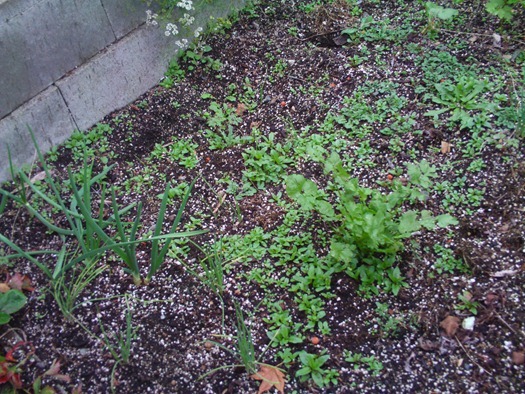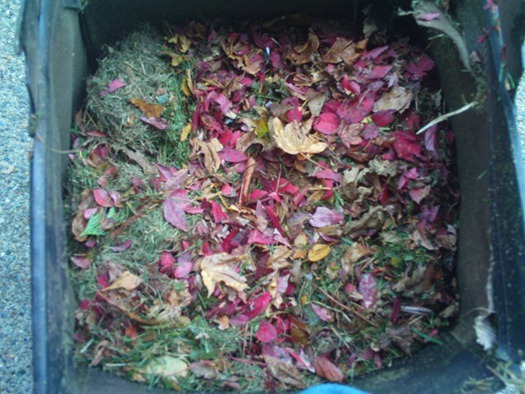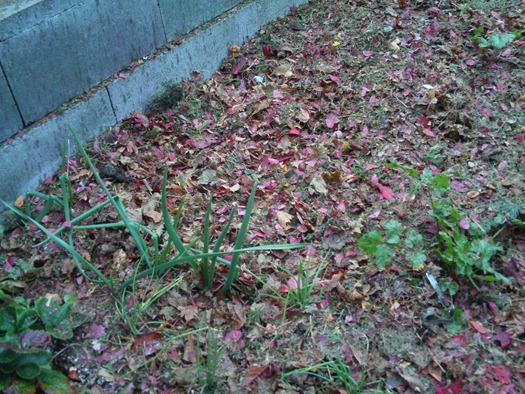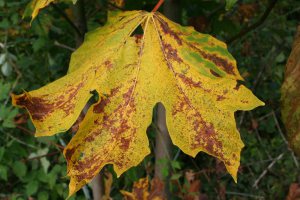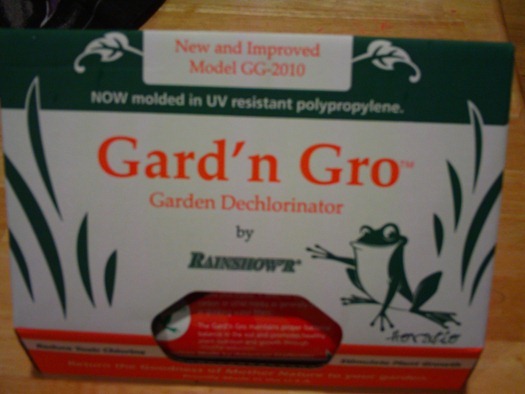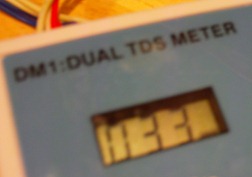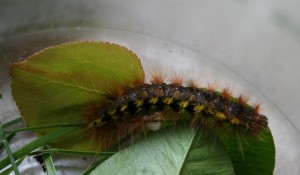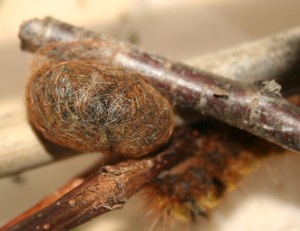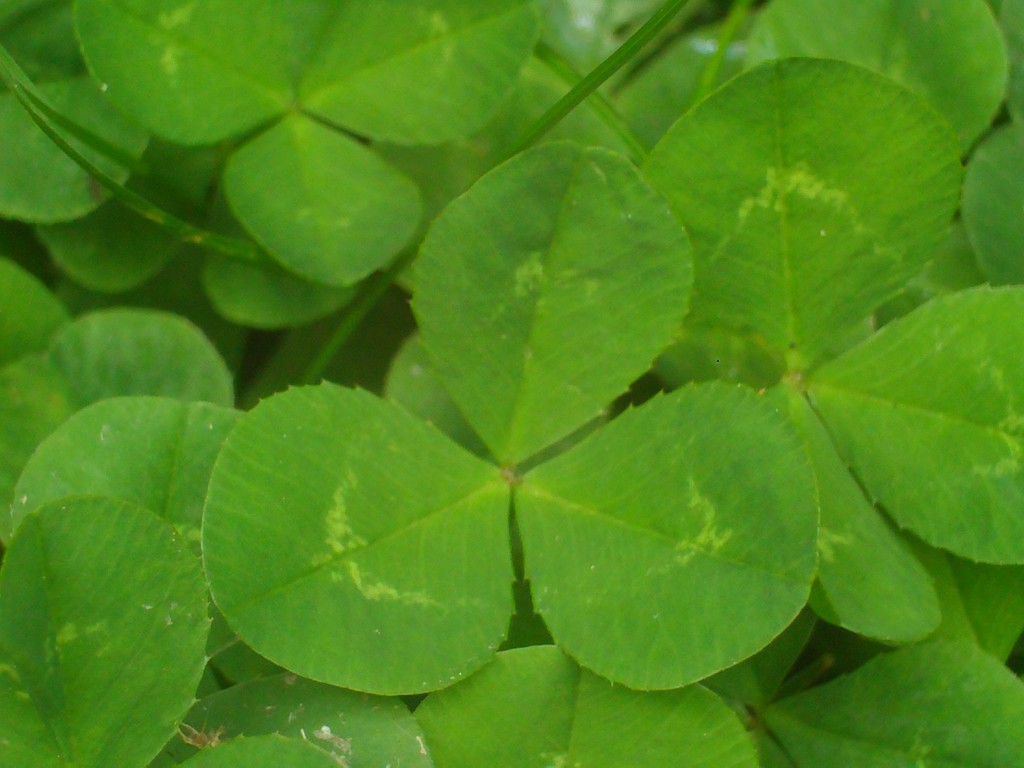Using leaf mulch in your garden for weed prevention
13.6 years ago garden maintenance, leaves, mulch, weed prevention, weeds 1 Comment
Above is unfortunately what my vegetable garden looks like, still have some cilantro, bunching onions, bulb onions, garlic, broccoli, and spinach growing but obviously I have a blanket of tiny weeds emerging with large amount of rain we have been getting. This gives me a few options:
- A. Painfully pull every weed from the garden bed…repeat
- B. Give up on my plants and just lay down some black plastic or cardboard to smother the weeds
- C. None of the above
I am going to opt for “C” on this one and go with an alternate method of applying a mulch that I am sure many of you have an abundance of at the moment…leaves.
Now you don’t want to gather your leaves and dump them on your garden bed, you need to shred the leaves. There are a couple of reasons for doing this. First it reduces surface area which allows for faster composting when you eventually work this layer into your soil next spring but also reduces the drag on the leaves to keep most of the leaves actually in your garden bed. Second this will restrict weeds from emerging, but allows leaves from emerging garlic and onions to make their way through.
Now you know why you want to shred them, now this is how you do it. Spread out your leaves on your lawn and use your lawnmower (with bagger attachment) and run over them with half of the width of your mower at a time. Now you should a nice bag of shredded leaves. You want to keep grass clippings to this mix at a minimum but a small percentage will not hurt anything.
Now take handfuls of your freshly shredded leaves and spread as a 1/3 – 3/4 inch layer over your vegetable garden. You can help out some of your less established plants by brushing off any leaves directly on top of the plants. Finish by giving the leaves a nice watering to help with the matting down process to keep the leaves in your bed and not blown all around your vegetable bed by the wind. It was raining while I was mowing my leaves and applying them so I skipped this particular step.
Using this technique you should be able to start you gardening next spring with minimal weeding, some great partially composted organic matter to work into your garden, and as an added bonus some protective mulch for your winter veggies all with materials most of use send off in our yard waste bins.
